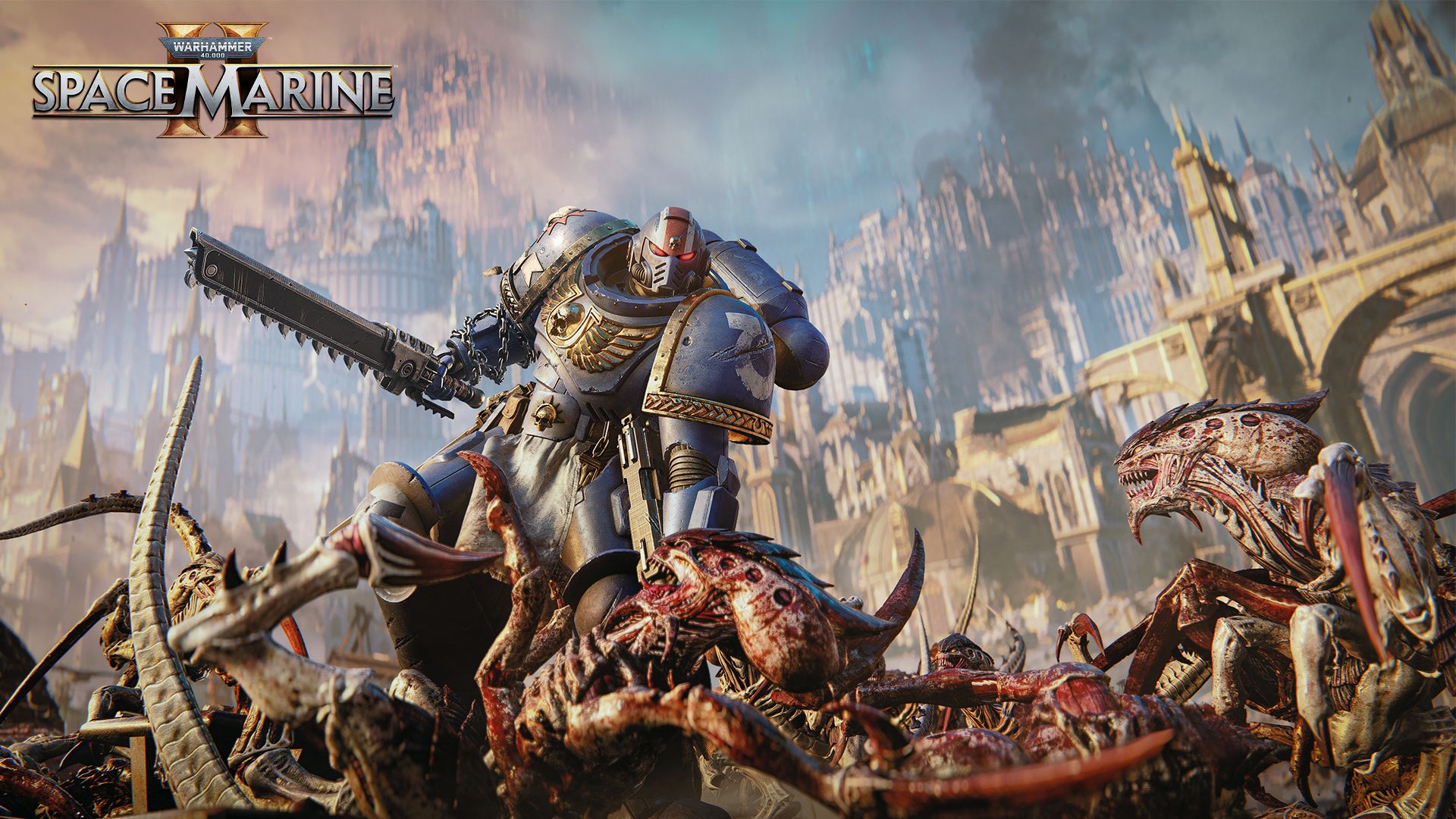Sony’s PlayStation 5 has been selling like hotcakes since its release back in November 2020, and there seems to be no signs of slowing down anytime soon. Between rock-solid hardware and a consistent lineup of exclusives, the Japanese gaming giant has been making a string of mostly right decisions this console generation.
In keeping with traditions established in the last generation, the PlayStation 5 is due for a mid-cycle refresh, and details on the new console, the PlayStation 5 Pro have surfaced recently. While there is a certain debate to be had when talking about the actual utility of the console itself, there’s always an interesting prospect in the technical department – and we can’t help but wonder what it would cost to build a similarly specced-out PC using off-the-shelf parts and retail prices.
Before starting out with the feature, it’s important to mention that we have only used off-the-shelf prices for brand-new components – and building out a comparable PC with used components will undoubtedly come at a much cheaper cost. Also, we have tried to include components that were close to the PS5’s hardware as it’s not feasible to have a 1:1 component list. And finally, the prices for these parts may change in the future. With that out of the way, let’s begin!
The CPU
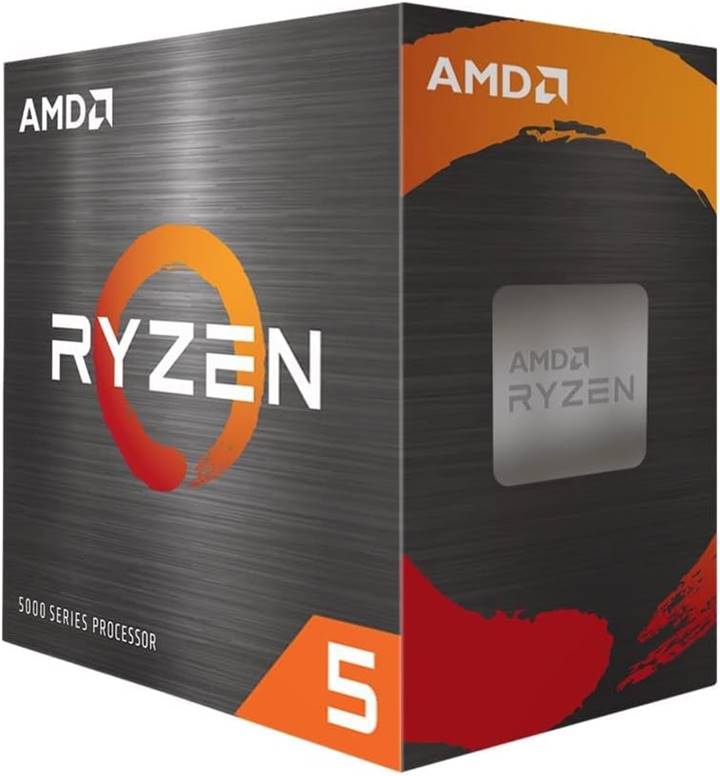
The PS5 features a Zen 2-based custom chip with 8 cores and 16 threads along with support for boost clocks for increased performance, and that bump in single-core performance has opened new avenues for developers ranging from more sophisticated physics engines to better-simulated environments and much more. For the Pro variant, Sony is keeping the same chip though some reports have indicated that some overclocking and tuning (dubbed as a “High Frequency mode”) might be at play which in turn would increase performance by 10% on the updated chip.
For our PC, we are going with the Ryzen 5 5600 which comes in at around $115 on Amazon. It’s the same chipset that we utilized for our PS5 comparison build, and it doesn’t make much sense to spring out extra cash if we are going to build out a similarly specced machine as the base variant. Sporting 6 high-speed cores with support for multithreading, the CPU should be able to handle a buffet of both single-core driven and multi-core driven workloads without leaving graphics performance on the cutting floor.
The GPU
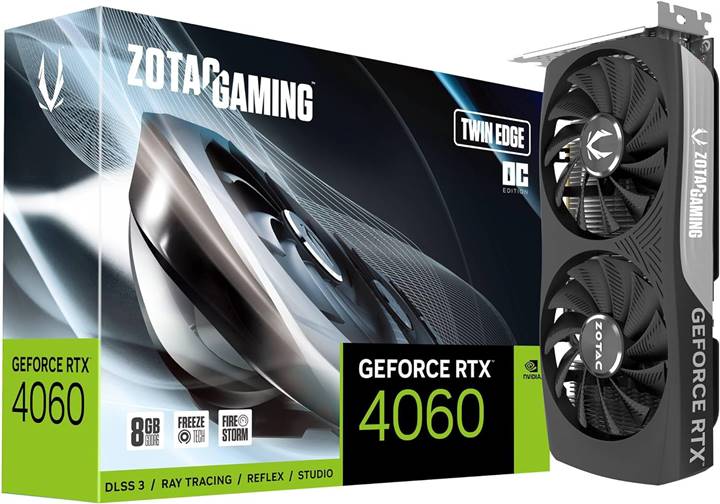
The GPU is the beating heart of any gaming machine, and it makes total sense for Sony to put the majority of hardware upgrades in this department. The PS5 Pro uses the same RDNA2 architecture as its younger brother, but an increase in number of cores and memory results in a significant performance boost over the base variant according to Sony’s claims. In terms of the raw TFLOPs, the GPU is reported to be around 33.5 TFLOPs strong and will feature around 60 compute units, 24 more than the base PS5 Pro. In addition to this, there are also improved RT features and AI-based upscaling courtesy of PlayStation Spectral Super Resolution which should help games run faster and look better at high resolutions in a more efficient manner.
To match that level of performance, the RTX 4060 seems like a good bet. Between its 8 GB of GDDR6 memory and the latest Nvidia Ada Lovelace architecture, we can ensure that our GPU offers the best of features like DLSS and efficient ray tracing cores along with ample memory to handle those effects at comparable resolutions to the PS5. It should also make a good pair with our CPU, allowing both components to reach maximum utilization without bottlenecking one another. The RTX 4060 has a retail price of $299.
RAM

For the memory, we will be going with our trusty Corsair Vengeance DDR4 3200MHz kit, which costs around $41 on Amazon. The PS5 Pro shares the same 16 GB of system memory across both the CPU and GPU, which technically makes our 16 GB overkill – but some games are not optimized well enough on PC to produce similar performance in the same amount of memory which is why it makes total sense to go for a 16GB memory kit. Running memory in dual channels also yields better results, so that’s another point of consideration. One could also throw in 32 GB instead for future-proofing purposes, but 16 GB should be good for a one-to-one build for now.
Motherboard
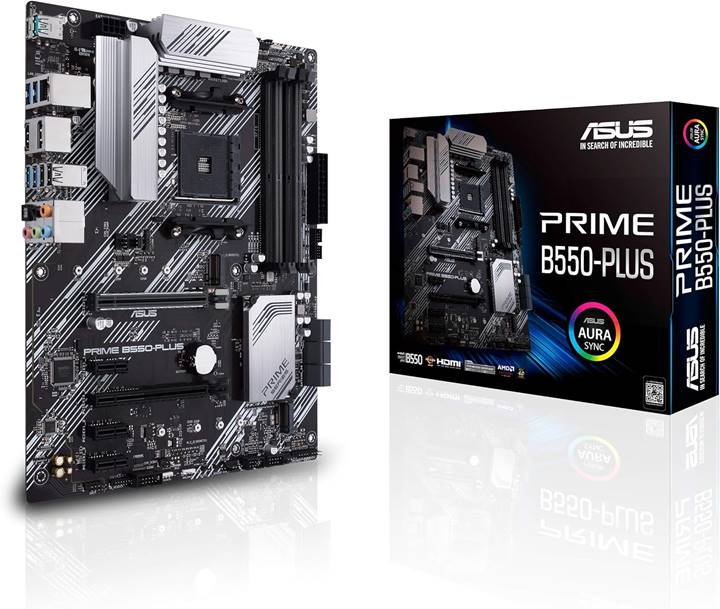
For our motherboard, we will be going with the Asus Prime B550 Plus ATX which should be able to house our other components without any BIOS updates, and it’s affordable enough to not break the bank. It’s a rather basic board that offers basic features and nothing much other than that, but at the asking price of just $99 – it’s a good deal.
Storage

The PS5 Pro bumps the storage from 825GB that was present on the base variant to 2 TB for the Pro variant, which is a pretty smart move considering current-gen games can easily eat up hundreds of gigabytes – and storing anything more than a handful of games is pretty difficult. Our PC will match the same upgrade with the Samsung 990 EVO PCI e 4.0 SSD with 2 TB of available space, which will cost us $129. Of course, load times might not be one-to-one across both machines since PS5’s architecture is a bit different than PC’s and not all games utilize Windows DirectStorage API – but it should be a good match nevertheless.
PSU
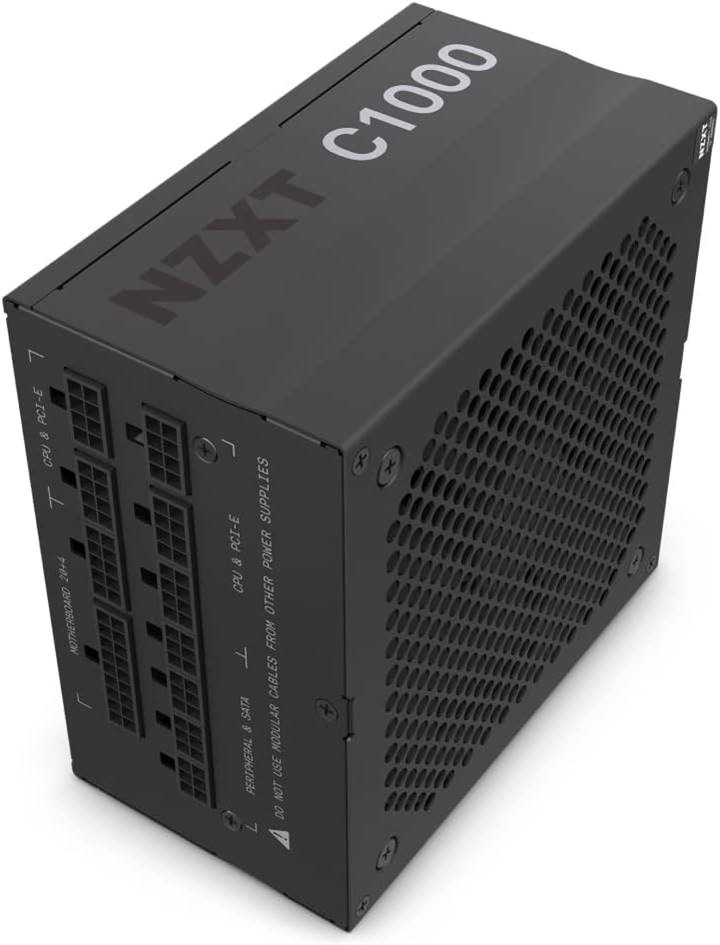
The PSU is always the most important piece of the puzzle when it comes to PC building, and there’s no tangible reason to skimp out on a quality piece from a recognized manufacturer. Ticking those boxes without breaking the bank, we have the NZXT C1000 PSU which provides enough juice to power our system and the 80+ gold-certified rating is also a much appreciated badge of safety. It sells for $129 on Amazon and should serve as a good fit for our purposes.
Cabinet
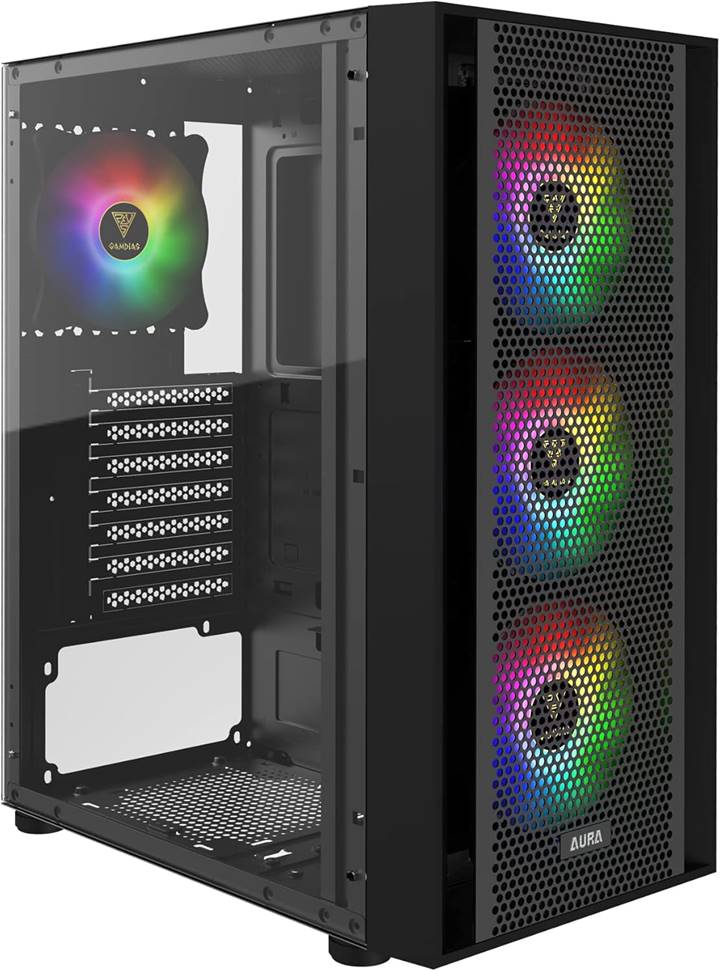
For the cabinet, we are going with the GAMDIAS ATX Mid Tower Gaming Computer PC Case with Side Tempered Glass. As the name suggests, the case features a tempered glass side panel, minimal RGB lighting, and 4 fans to ensure good airflow. While it’s not the most aesthetically pleasing case on the market, it gets the job done at a good enough price – and you could always spring up more cash for a better-looking case in a more practical scenario. The GAMDIAS ATX Mid Tower comes in at $55 on Amazon.
Conclusion
Totaling the cost of the above-mentioned components, our proposed PC build comes in at around $867. This obviously does not include the cost of peripherals like a keyboard-mouse combo and a license to a fresh copy of Windows which would bring up the total cost closer to $1000. Going the PlayStation route gives access to a great library of first-party exclusives that you cannot get on the PC while going the other way gives you access to better deals and productivity options that are not possible on a console.
In conclusion, the PC comes at a hefty premium, noticeably over the $700 retail price of the PS5 Pro, but it definitely paints a much more interesting picture when it comes to the comparison itself. The gap between the two builds is a lot slimmer than when the PS5 came out. The PS5 Pro claims significantly superior performance over its younger brother thanks to better AI upscaling features and bigger compute budget on the GPU, and it would be interesting to see how it all pans out in the coming months.

 6 hours ago
17
6 hours ago
17



